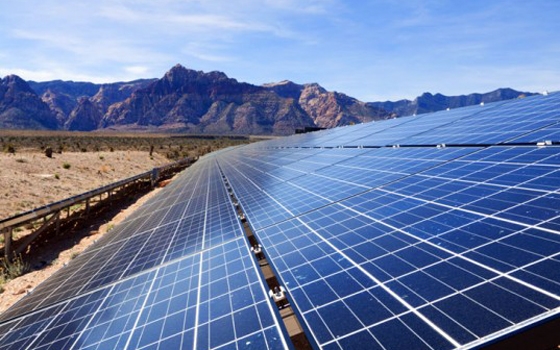To support the growing demand for electricity, which is expected to triple by 2032, the power sector in Saudi Arabia is transforming as a result of a national plan to diversify the energy mix and improve existing infrastructure.
The largest electricity market in the GCC, Saudi Arabia is experiencing an unprecedented growth in its demand for power as a result of sustained economic and population growth. Reflecting high GDP growth and a predominantly urban society, power consumption in the kingdom has increased at a compound annual growth rate of 6 per cent over the last five years and 8 per cent at peak loads. Industry estimates place the power demand at 77,000MW by 2020 and 120,000MW by 2030, up from the current 53,000MW.
Such high growth in demand is putting pressure on the kingdom’s energy sector, as the exclusive sources of electricity generation at the moment are natural gas and liquid fuels in a proportion of 49 per cent and 51 per cent respectively. As a result, the kingdom consumes slightly over a quarter of its energy resources for domestic purposes, primarily for power generation and desalination. A September 2012 Citigroup report projected that, if the demand for power continues to grow at an annual rate of 8 per cent, the country could become a net importer of energy by 2030.
But such a bleak scenario will not take place as the administration of King Abdullah has set in place a multi-pronged strategy to diversify the country’s energy mix in order to free up Saudi Arabia’s energy resources for exports and to promote more sustainable energy sources internally.
While fossil fuels will continue to account for half of the power supply, renewable sources of energy, particularly solar and wind, will be the pillars of this diversification drive.
Renewable energy’s bright future
At a time when renewable energy is suffering at the hand of the global economic crisis, with total investments in clean energy projects globally falling by 11 per cent in 2012 down to $268.7 billion, Saudi Arabia is dedicating no less than $100 billion to developing its own renewable energy capacity.
According to an ambitious government plan, by 2032, the kingdom will generate a total of 54GW from renewable sources. Of this, 25GW will be in concentrated solar power and 16GW in photovoltaic power. Another 9GW is to be derived from wind, geothermal and waste-to-energy (WTE) projects. The remaining 4GW of the total will come from hybrid projects that will be developed in later stages.
In February 2013 the entity commissioned by the government to supervise the diversification of the country’s energy mix, the King Abdullah City for Renewable and Atomic Energy (K•A•CARE), released a much-anticipated white paper titled “Proposed Competitive Procurement Process for the Renewable Energy Programme” outlining the roadmap for the delivery of the first phase, the goal of which is to produce 23,900MW from renewable energy sources by 2020.
The competitive procurement process (CPP) begins this year with an introductory bidding round targeting 500-800MW of contracted capacity, followed by a second round in 2014 which will tender 2,000-3,000MW of capacity and a third round to create an additional 3,000-4,000MW. The eligible technologies for these rounds are solar thermal, solar photovoltaic, wind, geothermal and waste-to-energy.
In addition to this long-term strategy, which will unravel over the next two decades, the kingdom is poised to cope with the increased demand for power in the medium term thanks to a comprehensive plan to overhaul its power sector, modernize its existing power plants and increase the use of gas as feedstock.
The Daily Telegraph
26 October























































